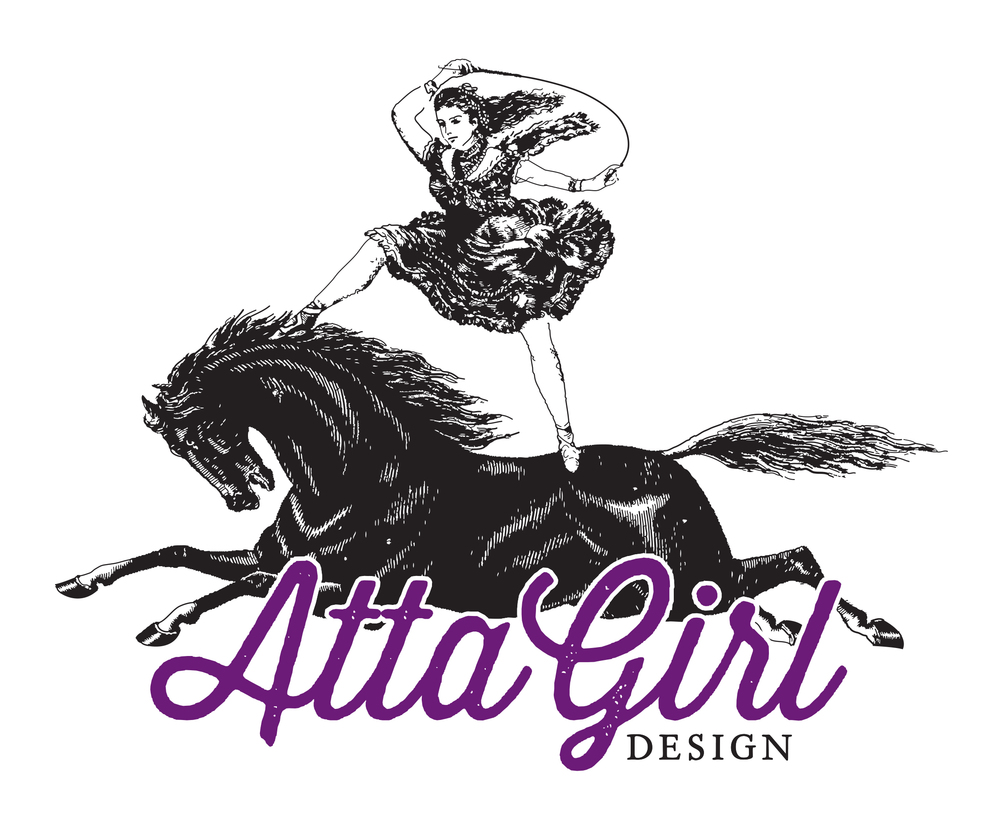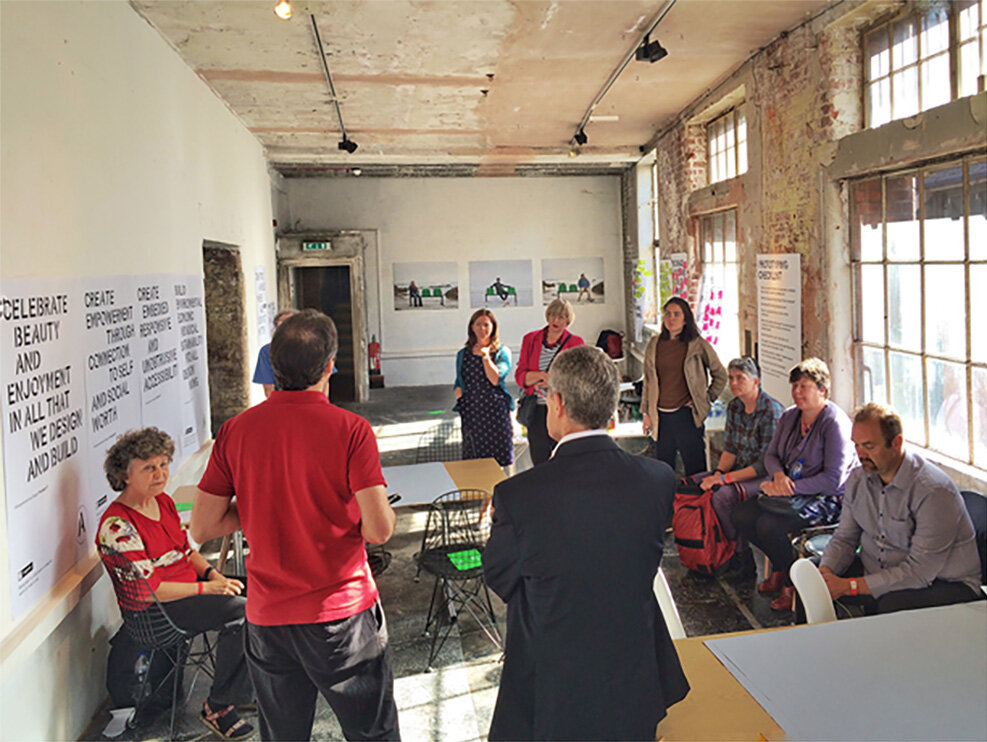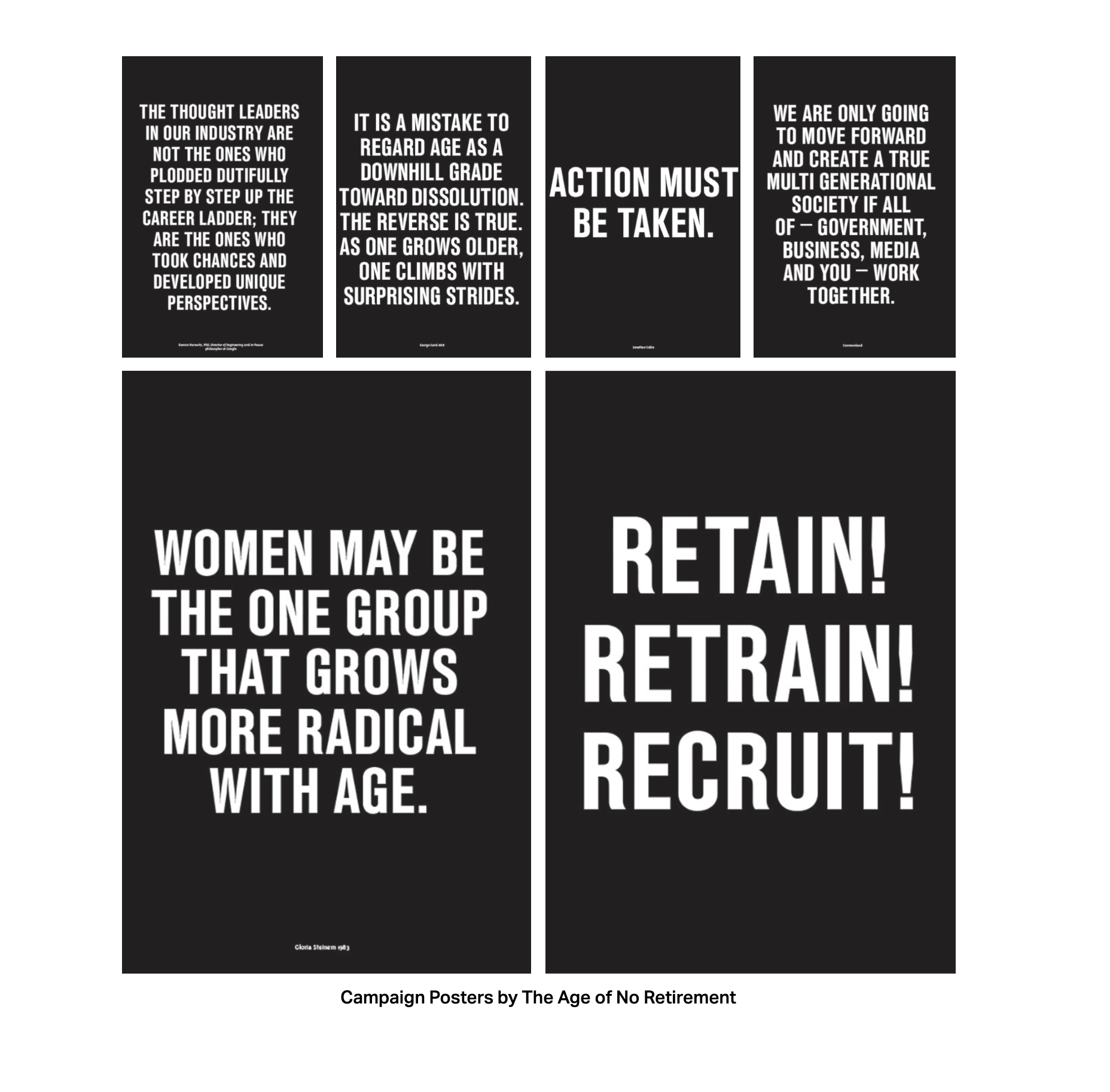The Age of No Retirement
This week’s lecture included a conversation with George Lee & Jonathan Collie of the social-enterprise The Age of No Retirement and more recently the intergenerational community project The Common Room.
FINDING COMMON GROUND
What was really interesting to me in this week’s lecture was how both Lee and Collie found their way to one another. Both having the experience of disenchantment with their careers and finding their true calling, and as a result, each other. I have also found the societal considerations or lack thereof for our more senior community members to be very out of touch and out of place for our current time in history. Both of my parents have been subjected to ageism later in their careers and into retirement. It something that I think about has a hit middle age. So, this resonates with me personally as a social cause.
THE DOUBLE DIAMOND
We learn how Lee and Collie use the double diamond tool for service design and how it aids in distilling out actionable steps and tactical objectives.
Design has many different definitions, but at its heart it is about the process of translating ideas into reality, making abstract thoughts tangible and concrete.
IT IS ALL ABOUT PEOPLE
We know that to be classified as service design that six criteria must be met:
Human-centered: Consider the experience of all the people affected by the service.
Collaborative: Stakeholders of various backgrounds and functions should be actively engaged in the service design process.
Iterative: Service design is an exploratory, adaptive, and experimental approach, iterating toward implementation.
Sequential: The service should be visualized and orchestrated as a sequence of interrelated actions.
Real: Needs should be researched in reality, ideas prototyped in reality, and intangible values evidenced as physical or digital reality.
Holistic: Services should sustainably address the needs of all stakeholders through the entire service and across the business.
It seems critical that the first of the criteria is honored for the rest to follow suit. Without people, it’s just an idea, problem, or need. With people, we find answer, solutions, evolution, and community.
REFERENCE:
E, Manzini., (2015) ‘Part 3: Making Things Happen’, in Design, When Everybody Designs: An Introduction to Design for Social Innovation. . Available from: https://ebookcentral.proquest.com/lib/falmouth-ebooks/detail.action?docID=3339947. 84, pp. 119 – 202
Falmouth University (2018). Visual Writing: Design & Develop | Lecture. History and Futures GDE720 19/20 Part-Time Study Block S2 (Falmouth, UK: Falmouth University)
McQuiston, L., (1993) Graphic Agitation. London: Phaidon. Available from: https://content.talisaspire.com/falmouth/bundles/5c62b7e669df5062d0522374



